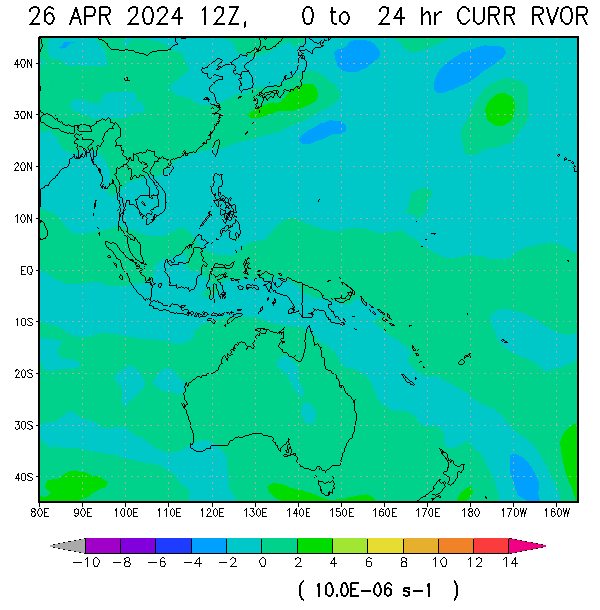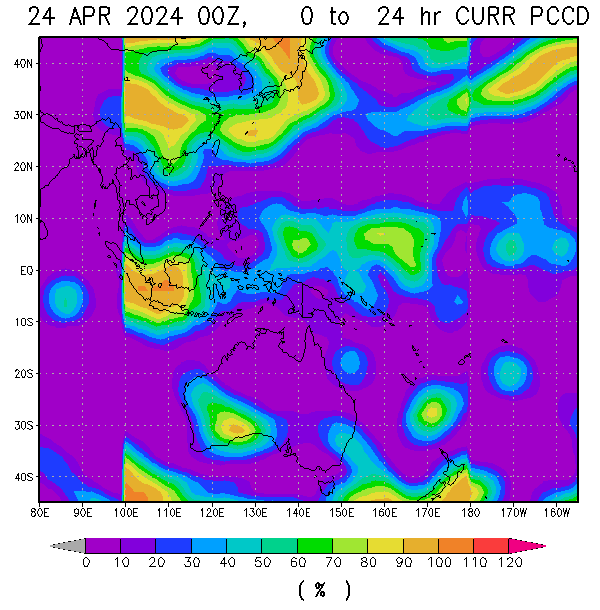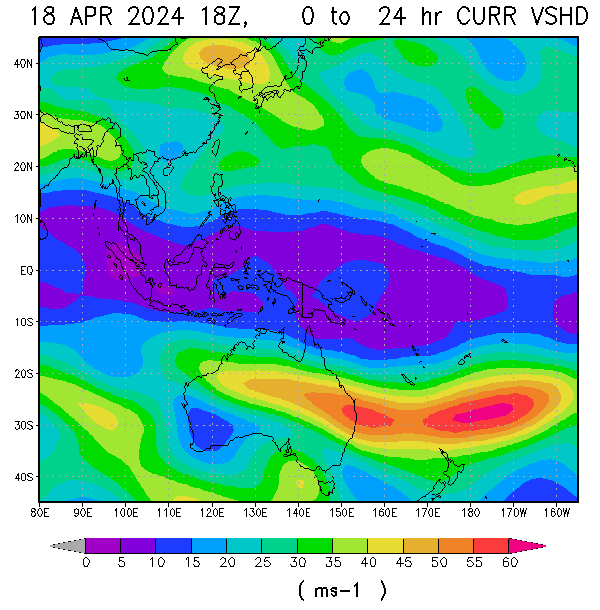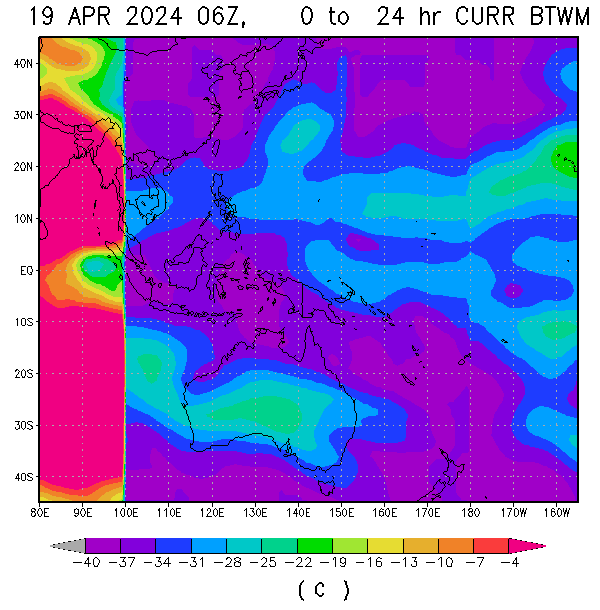LATEST EL-NINO IMAGERY
CLICK IMAGES TO SEE CLOSE UP VIEW
CLICK IMAGES TO SEE CLOSE UP VIEW





NINO 4 : 0.7 C
NINO 3.4 : 0.9 C
NINO 3 : 1.0 C
NINO 1+2 : 0.8 C
•A transition from ENSO-neutral to El Niño conditions is occurring in the equatorial Pacific Ocean.
• Positive SST departures continue to increase across much of the equatorial Pacific Ocean.
• Current observations and dynamical model forecasts indicate conditions are favorable for a transition from ENSO-neutral conditions to El Niño conditions during June-August 2009.
The central and eastern equatorial Pacific sea surface warmed through June. This warming was a continuation of a steady warming trend that has been observed since February 2009. Weak warm SST anomalies are now well established across most of the equatorial Pacific. The monthly indices for May were +0.6°C, +0.4°C and +0.4°C for NINO3, NINO3.4 and NINO4 respectively. The monthly indices for June will be calculated early next week.
In terms of weekly data, the most recent NINO indices are +1.0°C, +1.0°C and +0.7°C for NINO3, NINO3.4 and NINO4 respectively. Over the past two weeks the SST has warmed in all three regions. NINO3 has warmed by approximately 0.2°C, NINO3.4 by 0.5°C and NINO4 by 0.3°C. The 7-day SST anomaly map shows the persistence and further development of positive anomalies across most of the central and eastern equatorial Pacific when compared with two weeks ago. Anomalies of greater than +1.0°C are now evident across most of the central and eastern equatorial Pacific on a weekly scale. An animation of recent SST changes is available.
The sub-surface of the equatorial Pacific has also continued to steadily warm through June. A large volume of warmer than normal sub-surface water is evident across the entire tropical Pacific. A recent map for the 5 days ending 28 June shows the warmer than normal sub-surface water extending across the equatorial Pacific. Sub-surface anomalies exceed +2.0°C across most of the central and eastern tropical Pacific, with a small area of water where anomalies exceed +4.0°C evident between 130°W and 100°W on a weekly scale. An animation of recent sub-surface changes is available.
An archive of past SST and sub-surface temperature charts is available.
The Trade winds were weaker than normal across much of the equatorial Pacific during June, especially in central and eastern areas. During the past week or so, easterly anomalies have become established in the western tropical Pacific; this is likely to be assoiciated with the recent rise in the SOI. Trade flow is generally slightly stronger than it was two weeks ago across the central to eastern Pacific as well. The latest weekly wind anomalies are shown in the TAO/TRITON map (small image above) for the five days ending 28 June.
The Southern Oscillation Index (SOI) fell sharply through the first three weeks of May. The SOI dropped to an approximate 30 day value of −11 on the 22 May after an April value of +9. Recently the SOI has increased to a current (29 June) approximate 30 day value of −2. (SOI graph, SOI table). If model predictions of a developing El Niño are correct, the SOI would be expected to fall again, that is, become more strongly negative.
Cloudiness near the date-line over the central to western Pacific is another important indicator of warm/cool ENSO conditions, as it normally increases/decreases (negative OLR/positive OLR anomalies) during these episodes. Cloudiness near the dateline has increased recently, from below average to near-normal. Although cloudiness near the date-line has been increasing, it is yet to show a clear trend towards El Niño conditions.
All international dynamic computer models surveyed by the Bureau of Meteorology predict further warming of the Pacific Ocean SST in coming months. All models predict SST to be above El Niño thresholds throughout most of the second half of 2009. One of the surveyed models has slower weaker warming than the other five, but all six models predict El Niño conditions to be established by the southern spring at the latest. As all models agree in the development of El Niño conditions and predictability of El Niño conditions is high at this time of the year, the probability of an El Niño event occurring in 2009 is high; a definite increase from a month ago. Recent forecasts from the POAMA model, run daily at the Bureau of Meteorology, show a steady warming with El Niño conditions developing in July. Pacific conditions and model predictions will continue to be monitored closely.
SOURCE:
AUSTRALIAN BUREAU OF METEOROLOGY
NOAA
• Positive SST departures continue to increase across much of the equatorial Pacific Ocean.
• Current observations and dynamical model forecasts indicate conditions are favorable for a transition from ENSO-neutral conditions to El Niño conditions during June-August 2009.
The central and eastern equatorial Pacific sea surface warmed through June. This warming was a continuation of a steady warming trend that has been observed since February 2009. Weak warm SST anomalies are now well established across most of the equatorial Pacific. The monthly indices for May were +0.6°C, +0.4°C and +0.4°C for NINO3, NINO3.4 and NINO4 respectively. The monthly indices for June will be calculated early next week.
In terms of weekly data, the most recent NINO indices are +1.0°C, +1.0°C and +0.7°C for NINO3, NINO3.4 and NINO4 respectively. Over the past two weeks the SST has warmed in all three regions. NINO3 has warmed by approximately 0.2°C, NINO3.4 by 0.5°C and NINO4 by 0.3°C. The 7-day SST anomaly map shows the persistence and further development of positive anomalies across most of the central and eastern equatorial Pacific when compared with two weeks ago. Anomalies of greater than +1.0°C are now evident across most of the central and eastern equatorial Pacific on a weekly scale. An animation of recent SST changes is available.
The sub-surface of the equatorial Pacific has also continued to steadily warm through June. A large volume of warmer than normal sub-surface water is evident across the entire tropical Pacific. A recent map for the 5 days ending 28 June shows the warmer than normal sub-surface water extending across the equatorial Pacific. Sub-surface anomalies exceed +2.0°C across most of the central and eastern tropical Pacific, with a small area of water where anomalies exceed +4.0°C evident between 130°W and 100°W on a weekly scale. An animation of recent sub-surface changes is available.
An archive of past SST and sub-surface temperature charts is available.
The Trade winds were weaker than normal across much of the equatorial Pacific during June, especially in central and eastern areas. During the past week or so, easterly anomalies have become established in the western tropical Pacific; this is likely to be assoiciated with the recent rise in the SOI. Trade flow is generally slightly stronger than it was two weeks ago across the central to eastern Pacific as well. The latest weekly wind anomalies are shown in the TAO/TRITON map (small image above) for the five days ending 28 June.
The Southern Oscillation Index (SOI) fell sharply through the first three weeks of May. The SOI dropped to an approximate 30 day value of −11 on the 22 May after an April value of +9. Recently the SOI has increased to a current (29 June) approximate 30 day value of −2. (SOI graph, SOI table). If model predictions of a developing El Niño are correct, the SOI would be expected to fall again, that is, become more strongly negative.
Cloudiness near the date-line over the central to western Pacific is another important indicator of warm/cool ENSO conditions, as it normally increases/decreases (negative OLR/positive OLR anomalies) during these episodes. Cloudiness near the dateline has increased recently, from below average to near-normal. Although cloudiness near the date-line has been increasing, it is yet to show a clear trend towards El Niño conditions.
All international dynamic computer models surveyed by the Bureau of Meteorology predict further warming of the Pacific Ocean SST in coming months. All models predict SST to be above El Niño thresholds throughout most of the second half of 2009. One of the surveyed models has slower weaker warming than the other five, but all six models predict El Niño conditions to be established by the southern spring at the latest. As all models agree in the development of El Niño conditions and predictability of El Niño conditions is high at this time of the year, the probability of an El Niño event occurring in 2009 is high; a definite increase from a month ago. Recent forecasts from the POAMA model, run daily at the Bureau of Meteorology, show a steady warming with El Niño conditions developing in July. Pacific conditions and model predictions will continue to be monitored closely.
SOURCE:
AUSTRALIAN BUREAU OF METEOROLOGY
NOAA












No comments:
Post a Comment